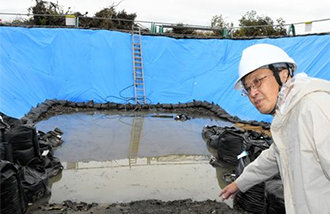Private Consumption Declined for Five Consecutive Quarters
Private Consumption Declined for Five Consecutive Quarters
Posted August. 20, 2004 21:55,
The Korean economy grew 5.5 percent in the second quarter of this year, boosted by strong export performances, and finished the first half of this year with 5.4 percent growth.
The growth rate, however, may slow down in the latter part of 2004 because the price hikes in international raw materials, including oil, are highly likely to hurt Korean exports. Moreover, private consumption declined for five consecutive quarters, and the construction industry is in a slump.
The Bank of Korea announced on Friday that the Gross Domestic Product (GDP) in the second quarter grew 5.5 percent year-on-year, the highest rate since the fourth quarter of 2002, when it recorded 7.5 percent.
Nevertheless, the GDP growth rate in the second quarter increased by only 0.6 percent quarter-on-quarter, continuing its downward trend for the second straight quarter since last years fourth quarter.
Private consumption fell 0.7 percent due to sluggish sales of durable goods, such as automobiles and computers. Consumption shrank for five quarters in a row since the first quarter of last year. On the other hand, facility investment was up 6.2 percent, escaping the downward spiral of four consecutive quarters.
Domestic demand, which combines consumption and investment, turned around in a year, recording a 2.2 percent increase.
The construction industry saw the quarterly fall in investment from 4.1 percent to 3.8 percent, affected by the strict government regulation on real estate speculation. Exports led the economic growth by expanding 29.5 percent year-on-year, helped by the increase in semiconductor, communications equipments, automobiles, and heavy chemical products. Exports also grew 29.2 percent in the first quarter.
Domestic demand has improved in a year, but it is only because consumer spending stopped declining, said Byeon Gi-seok, a director of Economic Statistics at the Bank of Korea. Since facility investments were made by a portion of exporters, like semiconductors, we cannot say for sure that domestic demand is now back on track.
A researcher at a private economic institution said on the condition of anonymity, High oil prices and the slowdown of the U.S. economy could affect Korean exports, dragging this years total growth rate down to around four percent.
Meanwhile, the Gross Domestic Income (GDI), which shows the changes in real purchasing power, increased only 4.5 percent year-on-year, lower than the GDP growth rate. This is attributable to the aggravated terms of trade. The import price of raw materials such as oil rose by a lot more than the export price of finished goods such as semiconductors and steel.
Kang-Woon Lee kwoon90@donga.com







